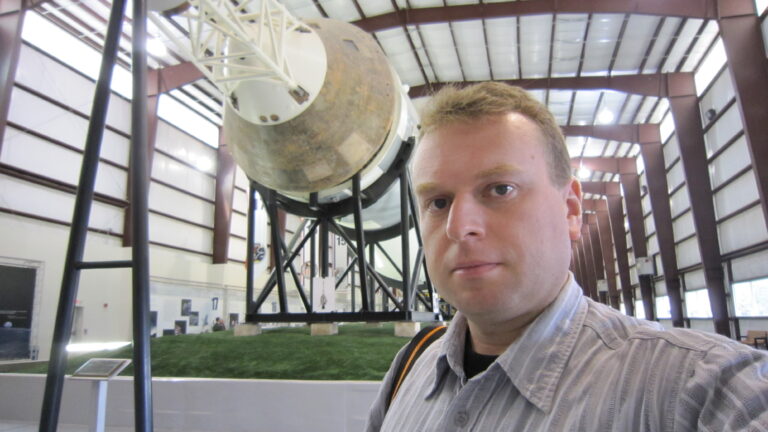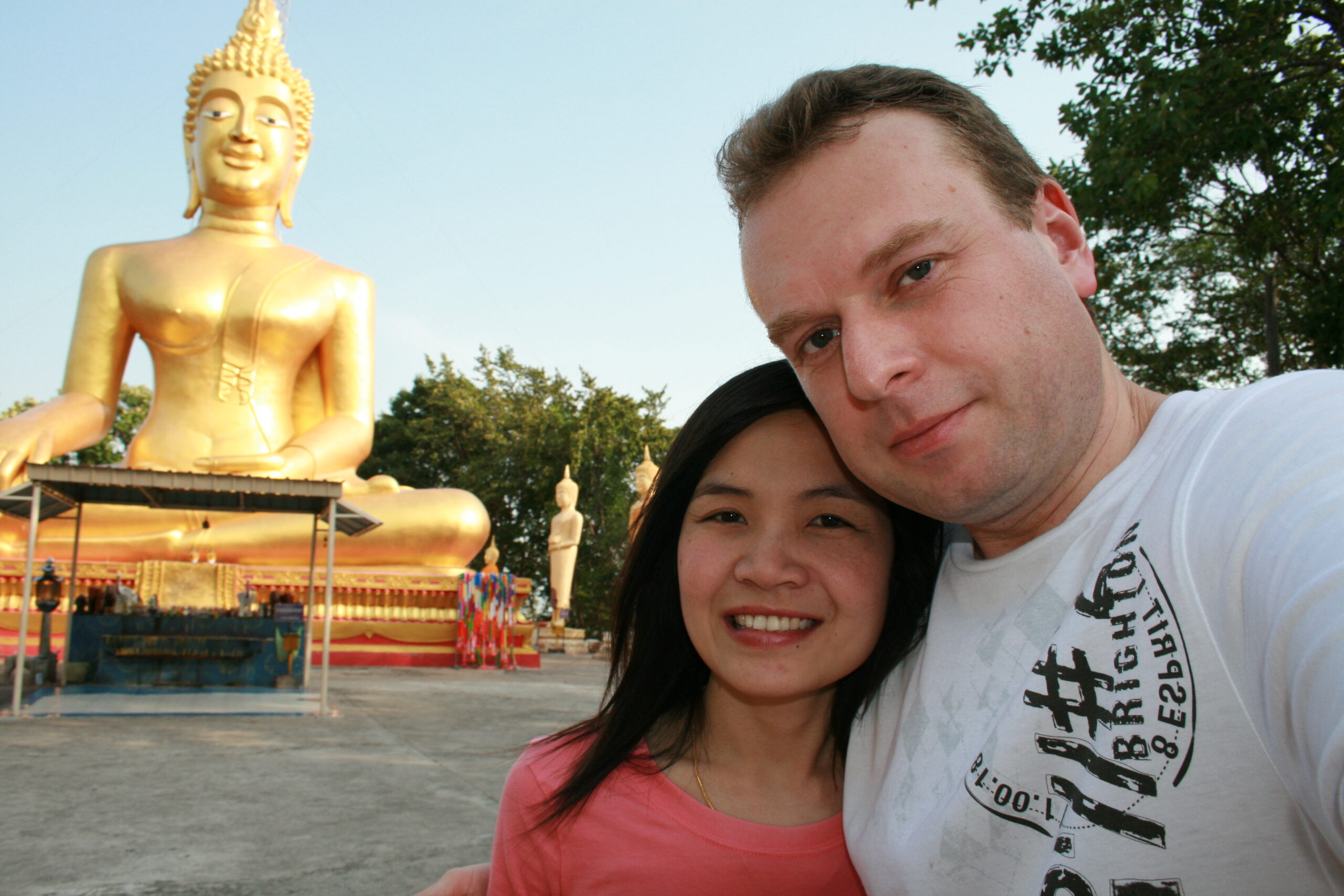 Space Shuttle Adventure Mockup
Space Shuttle Adventure Mockup
Day two at Space Center Houston kicked off at the Visitor’s Centre, and honestly, it was like stepping straight into a sci-fi movie set. First stop? The Space Shuttle Adventure — a full-scale mockup that lets you crawl into the guts of the shuttle and explore what it might’ve felt like to live and work inside one of NASA’s most iconic spacecraft. It was hands-on, immersive, and packed with cool details that had me grinning like a kid in a candy store.
Climbing into the cockpit was surreal. Banks of buttons, glowing displays, and control panels stretched out around me. The shuttle’s front windows showed simulated views of Earth from orbit, and even though I wasn’t moving, I swear I felt like I was floating. Every surface was covered with switches, dials, and those iconic chunky toggles — the kind of stuff astronauts have to memorize like the back of their hands.
The mid-deck area was just as fascinating. I walked past lockers, sleep compartments, and even the tiny (and slightly intimidating) space toilet. There were all the details of shuttle life here — from the airlocks to the mechanical arms and landing gear bays. I loved the cutaway views that showed the interior plumbing and wiring of the shuttle like a giant exploded diagram.
One of the highlights was seeing actual shuttle tiles and mockups of payload bays and hatches. I got up close to the heat-resistant panels and landing gear, which made me realize just how much engineering goes into making a spacecraft reusable. It’s like a puzzle of reinforced panels and clever design tricks all stitched together for survival in space and re-entry heat.
I wrapped up this stop wandering through a few astronaut mannequins, mock spacewalks, and living quarters — all staged to show daily life aboard a shuttle mission. There was something strangely comforting about seeing how humans managed to bring order and routine into such an extraordinary environment. From brushing your teeth to prepping food, it all felt… oddly relatable.
🌕 The Moon - Past and Future
From the moment I stepped into the Moon exhibit, I felt like I was standing at the intersection of history and ambition. The gallery traced humanity’s first small steps on the lunar surface all the way to our next giant leaps. I stared at tools used during the Apollo missions—those rugged scoops and shovels that once dug into real lunar dust. There was something humbling about standing so close to moon rocks, their surfaces pitted and alien, yet somehow familiar. I caught myself whispering, “That’s a rock from the Moon,” like I still couldn’t believe it.
The engineering on display was next-level: intricate engine modules, pressure suits, and spacecraft mockups that revealed how fragile and complex space travel really is. Panels explained how lunar samples were preserved, cataloged, and tested, with little vials of gray powder and mineral fragments displayed like precious gems. One of my favorite moments was seeing the “Touch the Moon Rock” plaque—yes, I touched it, and yes, it felt a little like touching history itself.
But the exhibit wasn’t just about looking back. There were models and mission plans for future lunar exploration: Ares I and V rockets, the Orion crew module, and even sections dedicated to the Artemis program and SpaceX’s Starship. It all built to a hopeful, inspiring question—why go back to the Moon? The answer, scattered throughout the exhibit, was clear: to learn, to explore, to push forward. Whether it’s for science, survival, or sheer curiosity, the Moon is still calling.
🛰️ Skylab
The Skylab exhibit was like stepping into a floating science lab from the 1970s—equal parts retro and revolutionary. As I walked through the full-size mockup of America’s first space station, I was struck by how roomy it felt compared to the cramped shuttle modules. You could see where astronauts slept, worked, and even exercised, with life-size mannequins frozen mid-stretch or relaxing in their bunks.
One of the most fascinating details was how everyday life had to be completely reimagined in zero gravity. From food prep to hygiene, everything was engineered for life in orbit. The orange glow inside the modules, the funky hardware panels, and the vintage control stations made it feel like I was on the set of a sci-fi film—or a time capsule floating above Earth.
Outside the main module, the engineering marvel of Skylab’s solar panels and instrument arms came into full view. Informational plaques explained how Skylab paved the way for long-duration space missions and inspired elements of the ISS. I left this section with a new appreciation for how much we learned during those early missions—and how much innovation was born out of simple human needs, like eating, sleeping, and staying sane in space.
🌌 Tram Tour - Space Vehicle Mockup facility
The tram tour was one of the most anticipated parts of my visit—and it absolutely delivered. After weaving through NASA’s leafy campus, we arrived at the Space Vehicle Mockup Facility, a massive hangar filled wall-to-wall with full-scale replicas of rockets, shuttles, and modules.
Inside, it felt like a real astronaut training ground. I walked beneath towering mockups of the International Space Station, glimpsed the Orion Crew Module up close, and stood beside a full-size replica of a space shuttle’s nose. Engineers and technicians were casually going about their day in the same space, adding a real sense of “this isn’t just a museum—it’s still active.”
Seeing the replica Soyuz capsule, practice airlocks, and the robot arms astronauts train with was an eye-opener. This is where space crews prepare for their real missions—practicing docking maneuvers, emergency procedures, and even learning how to move in zero gravity using special rigs.
There was a quiet energy in the air—a feeling of precision and purpose. Watching staff in blue jumpsuits walk past me, I felt like I was getting a peek behind the curtain at the human effort it takes to put someone in space. This wasn’t just a tour, it was a glimpse into the living heart of space exploration.






